Wisconsin Housing Preservation Corps – WI
- IRA,
- Stories
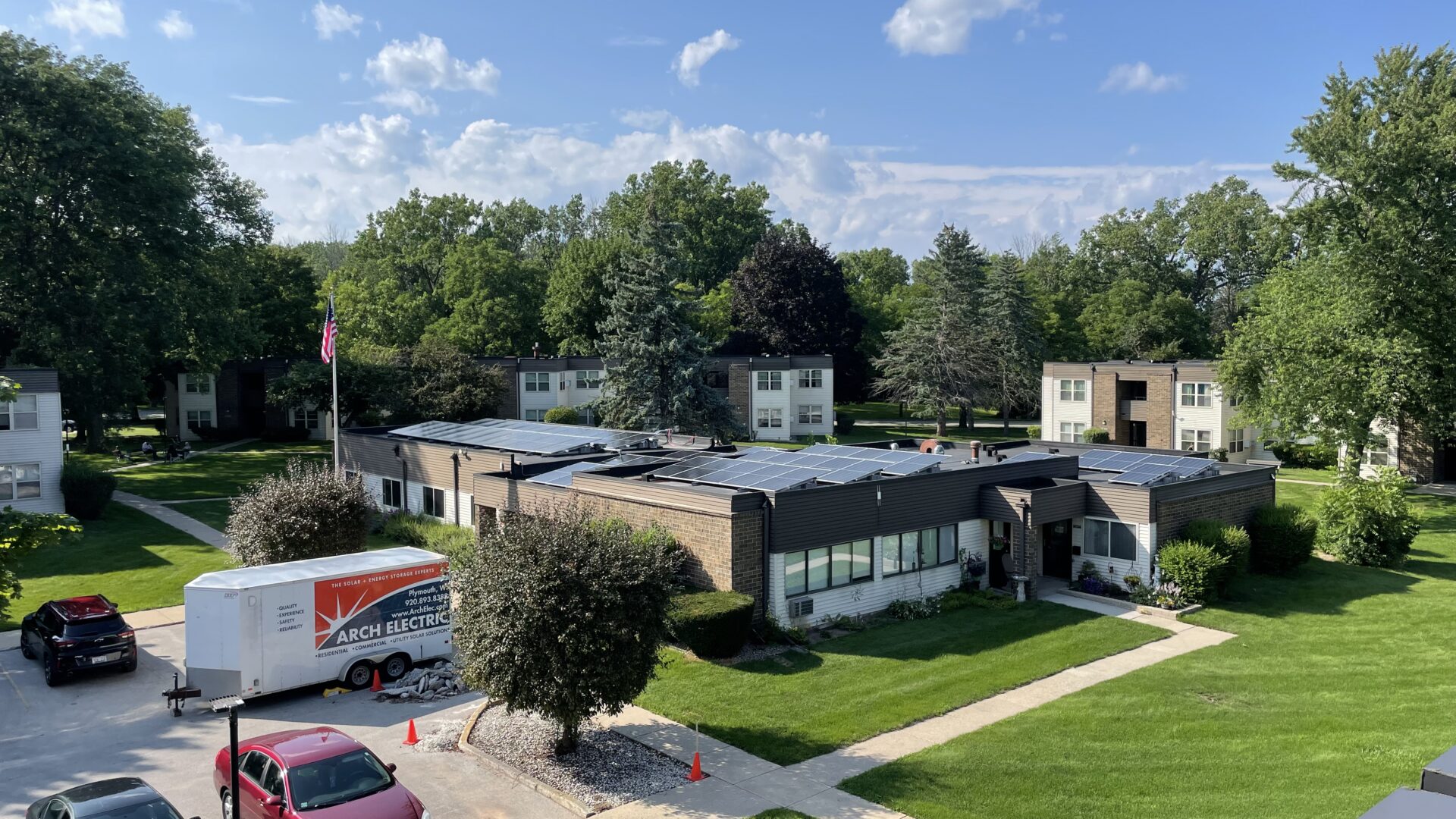
The Wisconsin Housing Preservation Corp (WHPC) was founded in 1994 to address a severe shortage of affordable rental housing in the state. Today, it is the largest owner of affordable housing in Wisconsin. WHPC manages more than 9000 rental units, which house more than 18,000 low- and moderate-income families, seniors, veterans, and persons with disabilities. In 2024 the organization completed solar installations on three of its properties with support from federal incentives made possible by the Inflation Reduction Act (IRA).
Solar United Neighbors connected with Mou Vang, Asset Manager at WHPC, to learn how solar energy and the IRA are benefitting its mission to provide safe and affordable housing that helps improve the quality of life for its residents.
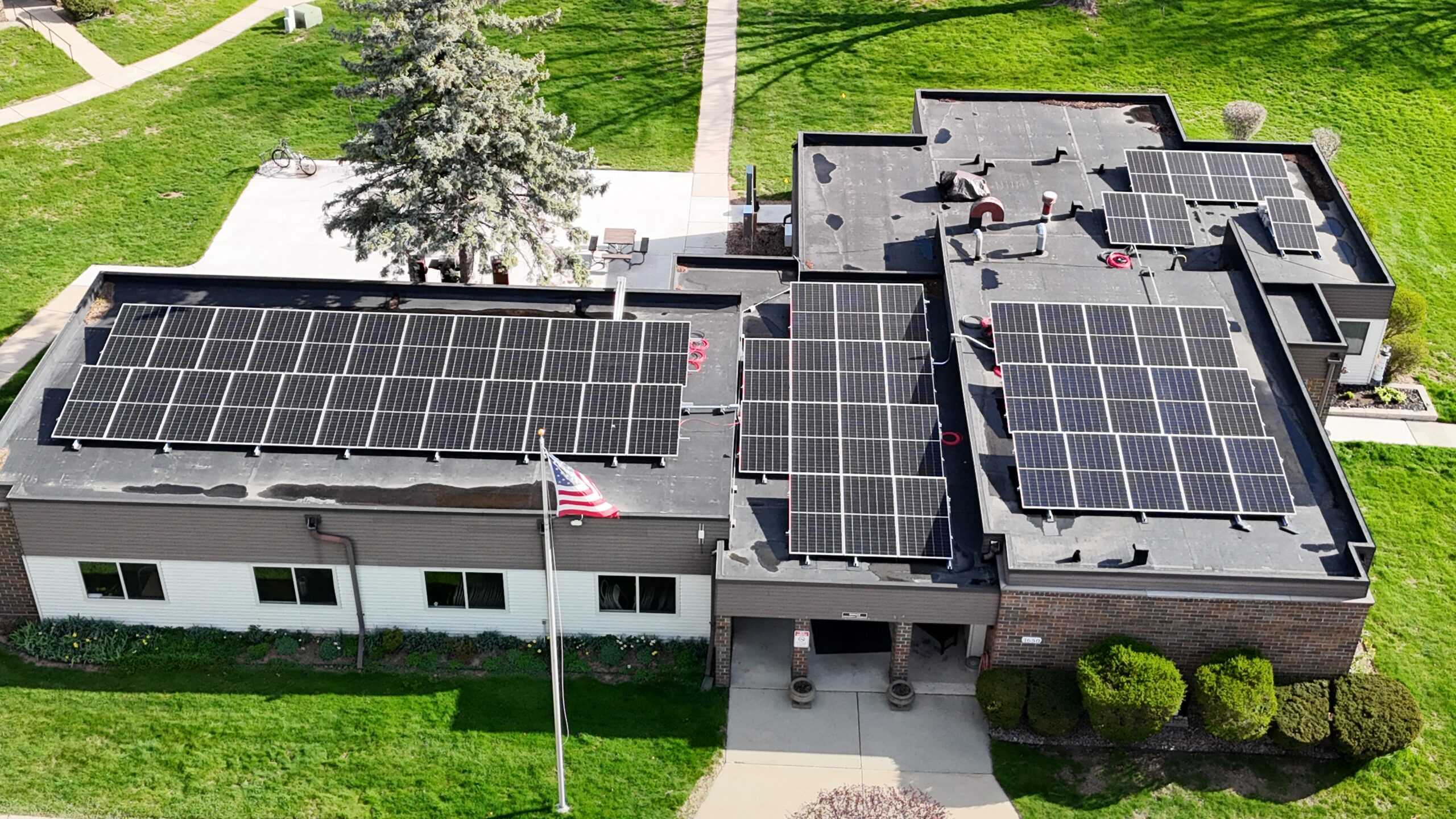
Q: What motivated you to go solar? How does solar support your work and the people you serve?
A: In 2020, WHPC created an internal group, the Green Team, dedicated to sustainability. The genesis of this group was in part due to the discovery of the energy burden of low-income households being three times that of high-income households and savings potential being greater for older housing. Given the circumstances, WHPC was contributing to its low- to moderate-income residents’ energy burden since many of WHPC’s properties were built in the mid-70s, making most of WHPC’s properties over 45 years old.
The goal of the Green Team is to improve the operations of WHPC’s properties by reducing greenhouse gas emissions, lowering utility expenses, and making properties more comfortable for residents. Solar, sometimes coupled with battery storage, is a solution the Green Team finds most effective and efficient for WHPC’s properties. Solar decreases operating costs, stabilizes rents for residents, and enhances resident health and unit livability.
Another added benefit to solar, when coupled with battery storage, is continuity in the event of outages or greater savings when relying on the battery during peak rate periods. For example, WHPC’s senior residents who rely on life-sustaining or saving equipment and/or perishable medication will continue to have access to these items through an outage. Further, any utility savings WHPC realizes are reinvested back into the properties towards capital improvements or to offset operating costs.
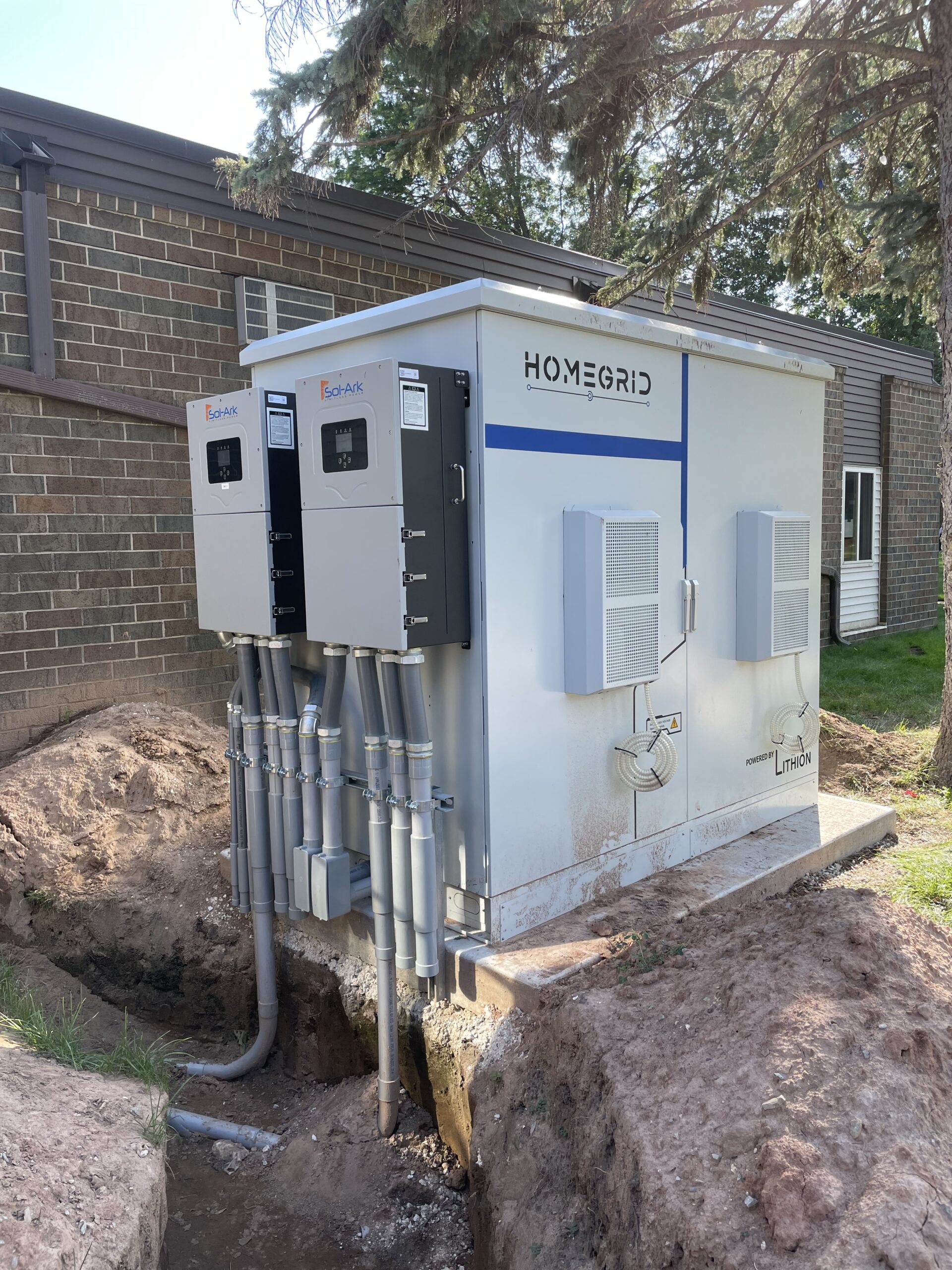
Q: In 2022, the Inflation Reduction Act enabled tax-exempt organizations like WHPC to benefit from solar tax credits through Elective (or “Direct”) Pay. Direct pay allows you to be paid for the value of the tax credit by the IRS—30%. How has gaining access to this federal incentive benefited your organization?
A: About 80% of WHPC’s property portfolio is subsidized rental housing. Subsidized rental housing has rent caps, meaning residents are not charged more than 30% of their annual income for their rent. Capping rents limits the ability of properties to generate needed cash flow.
To increase cash flow, WHPC exercises its right as a nonprofit in affordable housing to be exempt from real estate taxes in Wisconsin. Prior to the Inflation Reduction Act (IRA), WHPC could have only taken advantage of the Investment Tax Credit (ITC) if it created a taxable entity. In doing so, it would nullify its non-profit status for real estate tax exemption, thereby reducing cash flow and making sustainability efforts not feasible.
With Elective Pay through the IRA, WHPC can keep its nonprofit status and its existing real estate tax exemption benefit, add more to cash flow by realizing utility savings due to sustainability efforts, and be paid directly the value of the tax credit by the IRS.
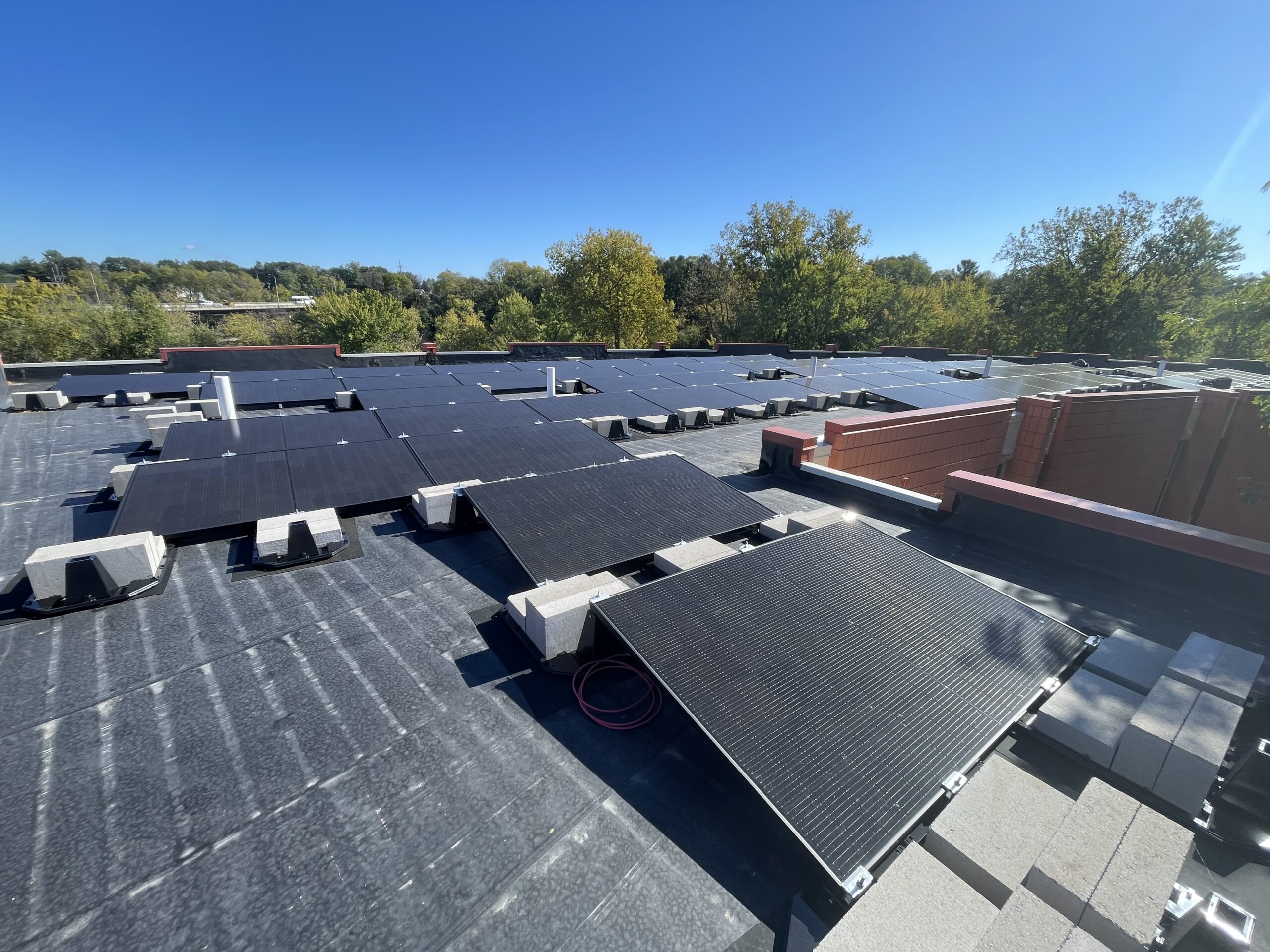
Q: How many solar projects have you completed with the support of Elective (or “Direct”) Pay? What are the projected savings?
A: WHPC will have completed three projects in 2024 which will utilize Elective Pay. These projects are Villa West (Phase I) in Green Bay, River Grove Apartments in Black River Falls, and Southridge Village in Madison. Villa West (Phase I) will be receiving a 40% tax credit – the base 30% tax credit plus the 10% low-income community bonus tax credit. River Grove Apartments will be receiving the base 30% tax credit. Southridge Village will be receiving a 50% tax credit – the base 30% tax credit plus the 20% low-income residential building project bonus tax credit. WHPC will be directly monetizing a minimum estimated $350,000 for these three projects.
WHPC has four other projects in various stages of development which will reach completion in 2025 and utilize Elective Pay. These projects are Lakeview Village in Middleton, Tanglewood Apartments in Kenosha, Villa West (Phase II) in Green Bay, and East Terrace Apartments in Waukesha. WHPC will be directly monetizing a minimum estimated $1.4 million with these four projects.
Q: What percentage of your properties’ energy use now comes from solar? How is this supporting your operations?
A: About 10% of WHPC’s 9,200 units’ energy usage will come from solar upon completion of these seven projects. While that percentage may seem small for WHPC as a whole, the solar system at each of these properties was designed to offset at least half the electric usage based on historical usage data and could become net zero at some locations. This means as soon as the solar is commissioned at these properties, they are realizing instant operational savings.
Q: What advice would you give to a fellow nonprofit organization interested in going solar? What would you share with them about the IRA incentives that can help make it more affordable?
A: As a nonprofit, we are constantly evaluating what needs to be funded now and what can wait. Entertaining the idea of solar slips in priority when faced with increasing operating expenses and needed capital improvements. There are many funding opportunities, many reserved specifically for nonprofits, that can be leveraged to support solar efforts.
The best thing one can do as a nonprofit with little to no experience in solar is enlist a nonprofit sustainability consultant. No one is expected to know it all and consultants can help clients navigate the intricacies of these programs and application requirements.
The IRA has made the ITC a possibility for nonprofits in a way that did not exist before.
——
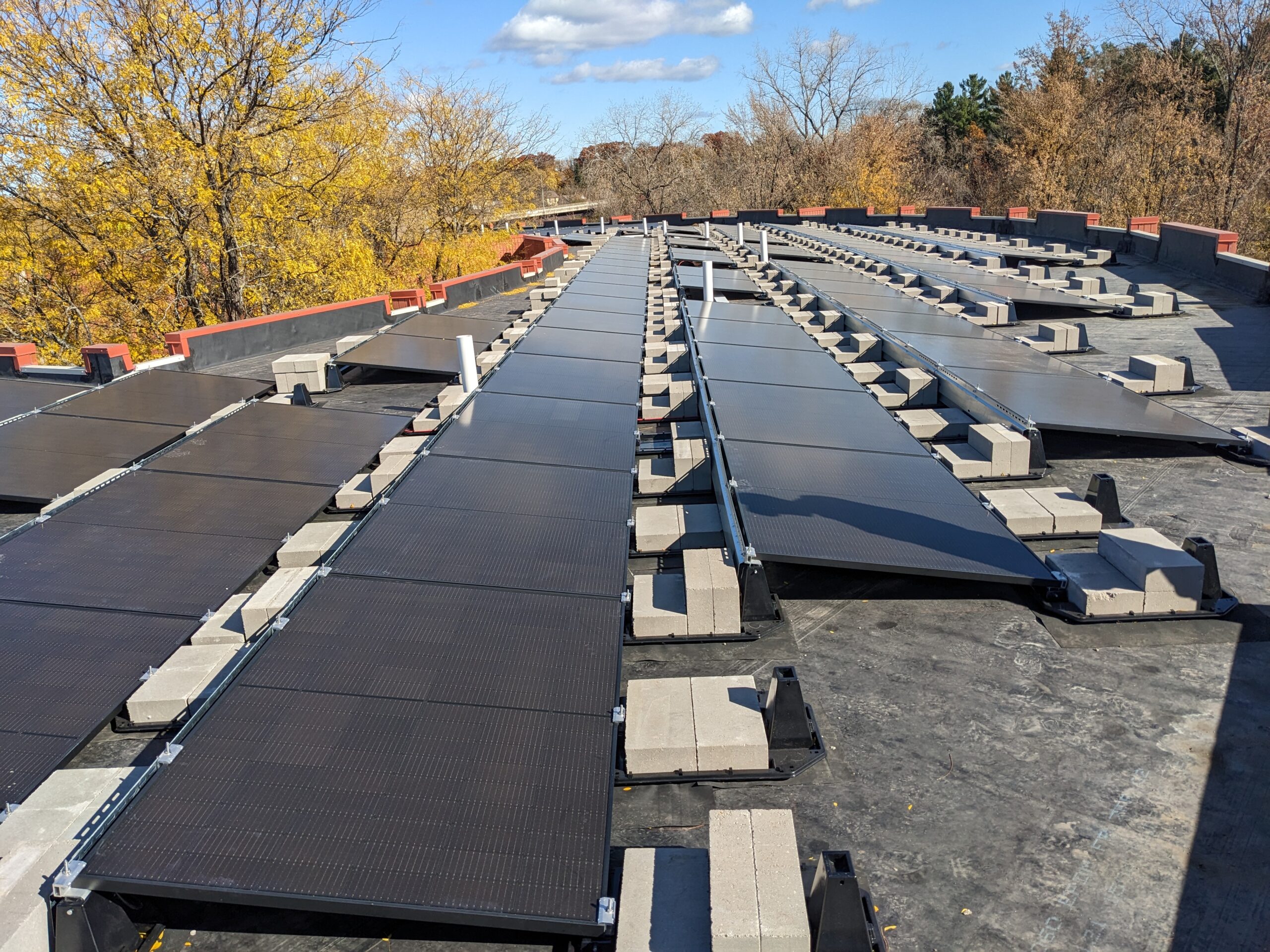
WHPC’s approach to affordable housing goes beyond just providing shelter — it’s about creating sustainable, resilient communities that thrive long-term. By going solar, WHPC can reduce operational costs and reinvest savings directly into its facilities, enhancing the quality of life for thousands of residents.
The IRA eliminated the financial barriers that once sat between nonprofit organizations and the benefits of distributed renewable energy, which WHPC and its residents now enjoy. Enabled by the legislation, WHPC can continue to expand its solar projects and serve as a model for how nonprofits can adopt renewable energy to support both financial stability and community well-being.
Solar United Neighbors provides resources for nonprofits interested in exploring how solar energy can benefit their organizations. To learn more, sign up for Ready, Set, Solar! for Nonprofits.
Get the latest on solar straight to your inbox.
Fight for your solar rights.
Everyone has the right to go solar. Spread the sunshine nationwide and in your local community by taking action, joining events, and more.